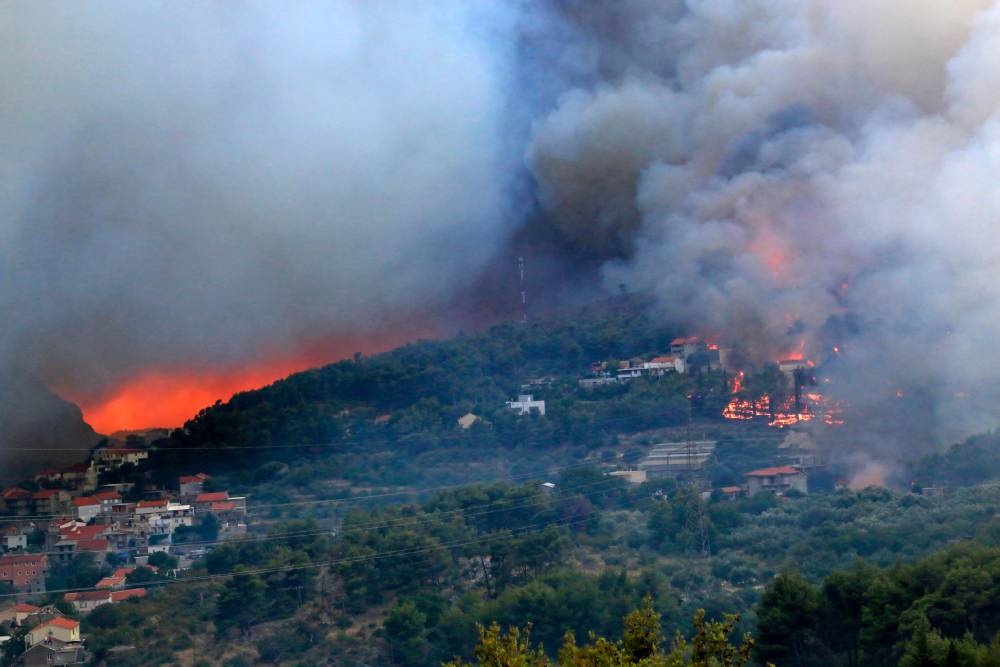
Wildfires and Agriculture Produce Pollutants with Biggest Impact on Dementia Risk, Study Finds
Past research has found that air quality and cognitive health are linked, with a recent study even finding that pollution may impact the mental health of dementia patients. A new study investigated which sources of air pollution impact dementia risk the most, and one source is something that has become increasingly common in recent years.
Researchers at the University of Michigan recently examined particulate air pollution from a variety of sources and compared them to dementia incidence in the United States. The findings, published in JAMA Internal Medicine, show that higher residential levels of fine particulate matter were linked with higher rates of dementia and that this was most pronounced with pollution produced by agriculture and wildfires.

Sara Adar, study co-author and environmental epidemiology researcher at U-M’s School of Public Health, says, “These findings are quite timely given the increasing frequency of wildfire smoke in our communities. Our data suggest that in addition to some of the more obvious health impacts of wildfire smoke like irritation to our throats and eyes along with breathing difficulties, high smoke days might also be taking a toll on our brains.”
Adar notes that wildfire smoke is increasingly impacting cities, with many seeing more than a month’s worth of days impacted by smoke. She adds that wildfires are believed to be responsible for up to a quarter of fine particulate matter exposures each year across the country, with that figure jumping to 50% in some western states.
To gauge the impact of such pollution on brain health, the researchers looked at 18 years of Health and Retirement Study data from nearly 30,000 Americans, more than 4,000 of whom developed dementia. The patients’ addresses were used to determine their pollution exposure. The researchers note that they wanted to see if a variation in emission sources could help determine which are the most toxic, but it’s challenging to do so.

Boya Zhang, study co-author and environmental epidemiology researcher at U-M’s School of Public Health, explains, “In our study, we used a sophisticated prediction model that includes information about the chemical transformations and dispersion of pollution from different sources to estimate the levels of source-specific particulate matter air pollution at participants’ residential addresses. This approach is beneficial because it not only accounts for pollution directly emitted by a source but also pollution generated through reactions with other chemicals in the air.”
The findings showed that higher levels of fine particulate matter air pollution in general were linked with higher dementia risk, but the increasingly prevalent wildfire smoke and pollution generated by agriculture were the biggest culprits. Traffic and coal combustion were also higher risk. The researchers say this was true despite the location where the person lived, their socioeconomic status, or their occupation.
This also applied with lower levels of exposure than the National Ambient Air Quality Standard, which shows it may not just be extreme smoke events that cause impacts. With more air quality issues hitting us from wildfires, the researchers say it’s likely that the threat will worsen.

While more research is needed to confirm the findings, the researchers say the study suggests that tackling certain emission sources may be beneficial to public health.
If you’d like to help minimize the impacts of wildfires, consider signing this pledge committing to take steps to reduce wildfire risk.